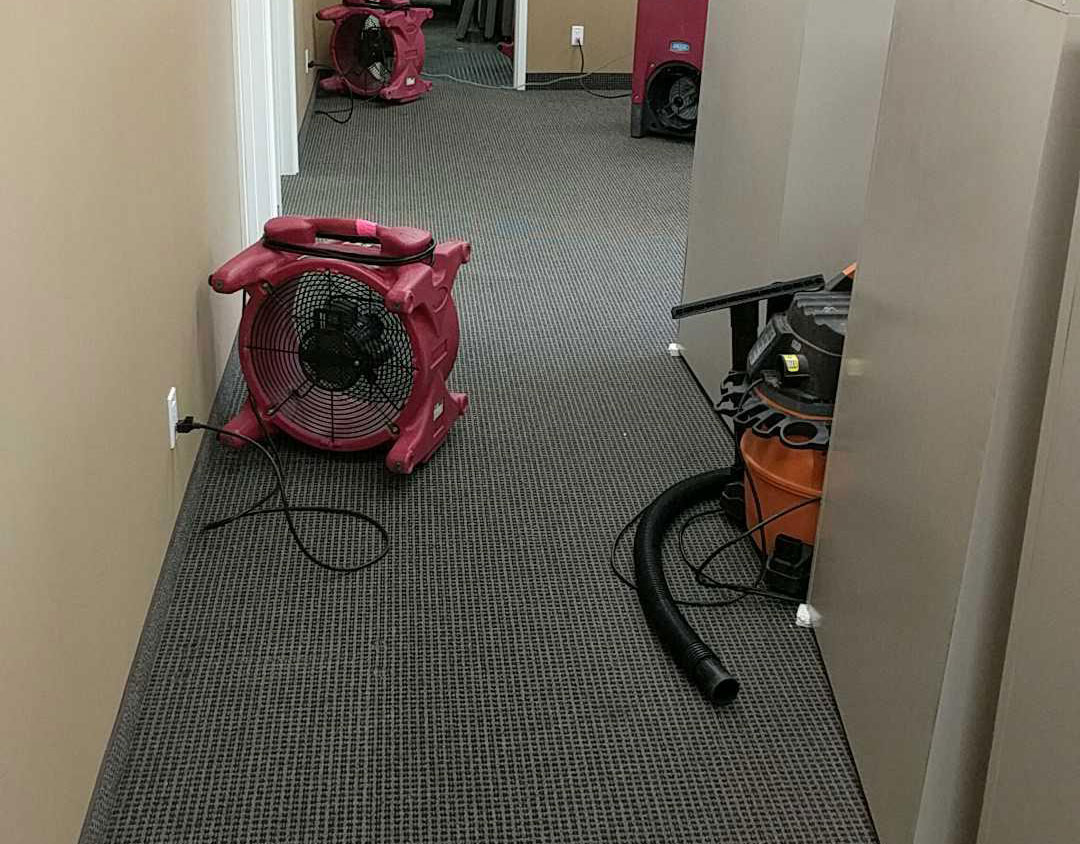Table of Contents
Prevent Basement Flooding in Maine
A wet or flooded basement is every homeowner’s nightmare. Not only can water damage ruin your belongings, but it can also lead to mold growth, structural issues, and costly repairs. Preventing water from entering your basement is crucial to protecting your home and maintaining its value.
Whether you’re preparing for a rainy season or looking to address existing issues, these seven practical tips will help you keep your basement dry and your peace of mind intact. Keep reading to learn how to safeguard your home against unwanted water intrusion!
Reasons for Basement Flooding
Basement flooding can occur for several reasons, often due to a combination of environmental factors, structural issues, and improper maintenance. Here are the most common causes:
1. Heavy Rain or Snowmelt
Excessive rainfall or rapid snowmelt can overwhelm your home’s drainage system, leading to water seeping into the basement.
2. Poor Grading Around the Foundation
If the ground around your home slopes toward the foundation instead of away, water can pool and eventually penetrate the basement walls.
3. Clogged or Faulty Gutters and Downspouts
Gutters and downspouts that are clogged with debris or improperly positioned can cause water to overflow and collect near the foundation.
4. Foundation Cracks
Small cracks in your foundation can allow water to seep through, especially during heavy rains or when groundwater levels are high.
5. Sump Pump Failure
A malfunctioning or overwhelmed sump pump can result in water backing up into your basement during storms or plumbing leaks.
6. Blocked or Broken Drainage Systems
Obstructions in exterior drainage systems or basement floor drains can prevent water from being properly diverted away from your home.
7. High Water Table
In areas with a high water table, groundwater pressure can push moisture into your basement, even if there are no visible cracks.
8. Leaky Plumbing
Burst pipes, water heater leaks, or improper plumbing connections can cause water to pool in your basement over time.
9. Hydrostatic Pressure
When water builds up in the soil around your foundation, it creates hydrostatic pressure that can force water through walls and floors.
Understanding these common causes can help you take proactive steps to prevent flooding and protect your home.
7 Key Tips to Keep Water Out of Your Basement
1. Clean rain gutters:
Blocked gutters may cause roof water to pour directly into your home’s foundation, increasing the risk of basement flooding. Remove any debris, such as leaves or branches from the gutters and check the gutters for loose particles if you have asphalt roofing. Tighten any loose gutter straps and spout extensions. If there is gunk in the downspouts, clean them by pouring water into the downspouts with a garden hose.
2. Extend downspouts:
To protect your basement from excess water, downspouts should extend at least five feet away from your house. This can be achieved by adding plastic or metal extensions to the downspouts. Alternatively, consider having an underground drain pipe installed. This system can send gutter run-off away from your house.
3. Slope the ground away from your foundation:
Make sure that the ground next to your foundation slopes away from the foundation to divert rainwater away from your home. The “crown” of dirt around your house should slope at least six inches over the first 10 feet in all directions.
4. Seal gaps in the basement:
Water may leak into your basement through gaps or cracks around plumbing pipes or cracks in concrete walls. Seal these gaps with polyurethane caulk or hydraulic cement. However, if water comes through the floor, sealing gaps won’t do the trick and you need to fix the groundwater problem.
5. Install a French drain:
For serious water problems, install a curtain drain such as a French drain. This type of drainage system consists of a series of underground pipes that diverts water away from your home’s foundation.
6. Waterproof interior basement walls:
Condensation that forms on basement walls may be prevented by applying sealant on the walls. You can waterproof basement walls with concrete coatings, silicate-based concrete sealers, waterproofing paint or plastic sheets or panels. Alternatively, waterproof exterior walls of the basement to fix gaps in the foundation, although it’s a costly job that requires excavating around the house.
7. Install a sump pump:
These devices provide protection against flooding by pumping out water that has accumulated in the sump basin. When the water level in the basement floor rises, the sump pump will automatically discharge the water outside your house. Learn how to choose a sump pump here and how to test a sump pump in this article.
For Flooded Basement Cleanup in Maine, Call (207) 531-1200
In case your basement in Maine has flooded, call PuroClean, water damage professionals, immediately at (207) 531-1200. To avoid safety hazards, don’t enter the basement and make sure to not make direct contact with floodwater.




 PuroClean of Auburn
PuroClean of Auburn